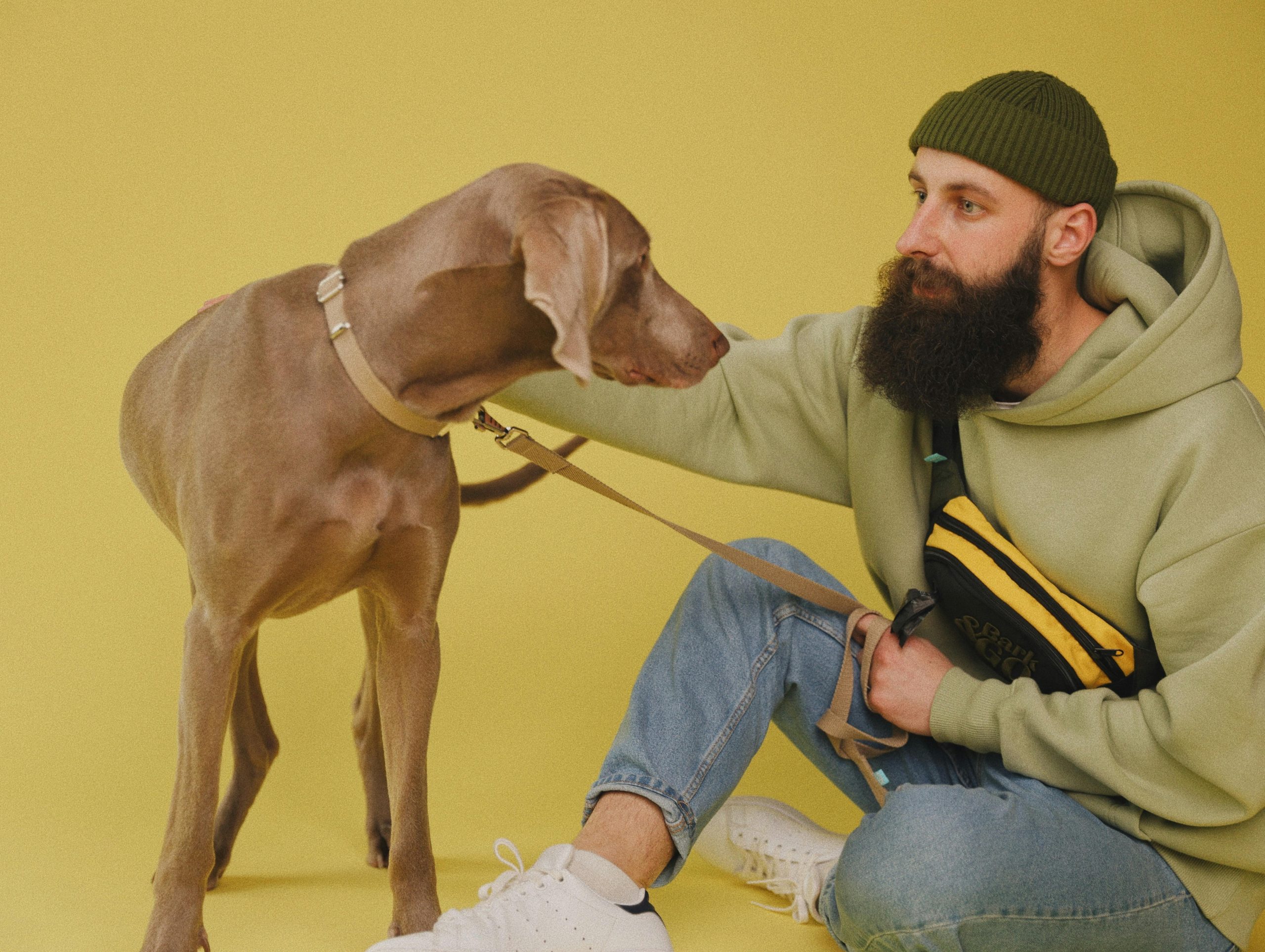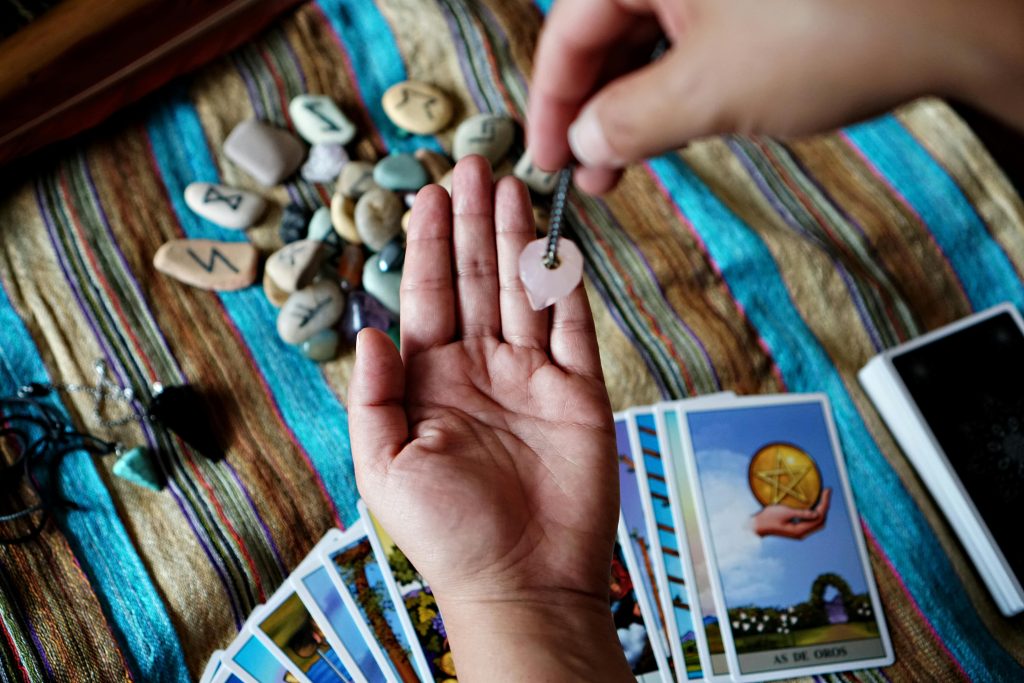Ever stared at your dog or cat flailing around without understanding what you want them to do? Yeah, us too. Teaching pets to identify objects isn’t just a party trick—it’s practical magic that boosts their confidence and strengthens your bond. So how do you master Object Identification Training? Let’s dive deep into the world of target training.
Table of Contents
- Key Takeaways
- Why Object Identification Matters
- Step-by-Step Guide to Object Identification Training
- Tips & Best Practices for Success
- Real-Life Examples and Case Studies
- Frequently Asked Questions
- Conclusion
Key Takeaways
- Object identification builds critical thinking in pets while enhancing obedience.
- Start small—use simple items like toys before progressing to complex objects.
- Consistency and patience are non-negotiable; rushing ruins progress.
- External resources like ASPCA’s pet training guide offer valuable insights.
Why Does Object Identification Training Matter?

Think of Object Identification Training as giving your furry buddy a superpower. It sharpens their focus, improves problem-solving skills, and even helps with behavioral issues. For instance, one study found that interactive tasks reduced anxiety-related behaviors in 70% of tested dogs (source). Plus, it makes everyday commands feel less robotic and more fun—for both of you!
Confession time: I once trained my Golden Retriever to fetch shoes but didn’t specify which pair. Long story short, he proudly presented me with muddy hiking boots instead of slippers. #OversightFail
Step-by-Step Guide to Mastering Object Identification Training
Step 1: Choose the Right Objects
Optimist You: “Any old toy will work!” Grumpy You: “Liar. Pick something distinct—a red ball vs. a blue cube.” Dogs and cats rely heavily on visual cues, so clarity matters. Bonus tip? Use objects safe for chewing or pawing.
Step 2: Introduce One Item at a Time
Don’t overwhelm Spot or Whiskers. Hold up the chosen item and say its name clearly (e.g., “Ball”). Then reward them when they look at it or touch it. Repeat until they reliably associate the word with the object.
Step 3: Add Verbal Cues + Actions
Now comes the tricky part. Say the command (“Touch Ball!”) and wait for action. If they hesitate, gently guide them toward the object. Reward generously after each success!
Step 4: Expand the Vocabulary
Once they’ve nailed one object, add another—but slowly. Picture this like teaching human toddlers colors: Start with basics before moving onto advanced concepts.
Tips & Best Practices for Successful Training
- Use High-Value Treats: Think bacon bits or freeze-dried liver—not stale biscuits from last year.
- Keep Sessions Short: Aim for five minutes max. Trust me, overdoing it feels like making your laptop fan whirrrr nonstop.
- Stay Positive: Avoid punishment. Negative vibes kill motivation faster than a Wi-Fi outage kills productivity.
- Avoid This Terrible Tip: DON’T try teaching multiple tricks simultaneously. Your pet will get confused, leading to frustration for everyone involved.
Real-Life Examples and Case Studies

Mary S., a participant in a local obedience class, shares her journey: “After months of practice, my Lab can now distinguish between his chew toy, water bowl, and leash by name! It’s chef’s kiss amazing.” Similarly, researchers in animal cognition studies noted marked improvements in memory retention among trained animals compared to untrained ones.
Frequently Asked Questions
How long does it take to train my pet?
Every pet learns differently. Some pick things up within weeks, others need months. Patience is key.
Can older pets still learn?
Absolutely! Age is just a number. With consistent effort, senior pets can grasp new concepts beautifully.
What if my pet doesn’t respond?
Reassess your approach. Maybe the object is too dull, or rewards aren’t enticing enough. Experimentation helps uncover solutions.
Conclusion
Teaching object identification through target training transforms ordinary moments into extraordinary interactions. By following these steps, tips, and examples, you’ll unlock newfound potential in your four-legged friend—and maybe even impress friends at the park. Remember, consistency and positivity make all the difference.
Before we wrap, here’s some food for thought:
Fetch, toss, repeat again, Pets thrive on love, not disdain. Train smart, enjoy the gain!
Like a Tamagotchi, your training routine needs daily care. Happy training!


